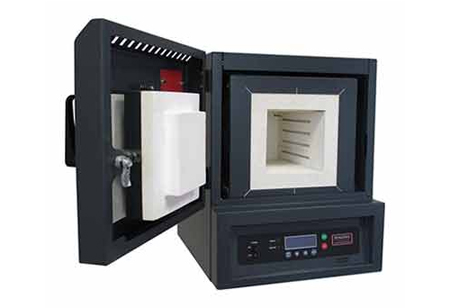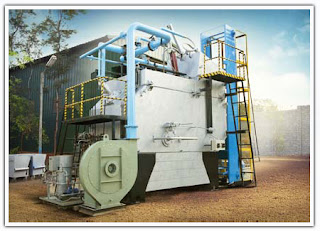Specify as: Songshan Super MS18, U Shape, 3/6×140×125×25
Songshan Super MoSi2 heating elements are resistive heating elements based on molybdenum disilicide. The molybdenum disilicide heating elements prevents the inner core from oxidation by forming a compact quartz glass coating at the surface under high temperature. The temperature generated by MoSi2 goes as high as 1700-1830C in an oxidation atmosphere. They can be widely used in such applications as sintering and heat treatment on electronic ceramics, structural ceramics, magnetic materials, flameproof materials, glass, metallurgy, etc. The resistance of the heating elements is independent in their mission time. The MoSi2 heating elements hardly age, which allows the mixed use of new and old packages. After a long time use in lower temperature around 400-700C, the element will get powdered due to intensified oxidation at this temperature range.
The product includes series 1700 grade, 1800 grade. The packaging is available in U shape, W shape, Straight shape (X shape), bend shape (L shape), Round shape, Spiral shape, M shape. The dimension ranges from 3/6,4/9, 5/10, 6/10, 6/12, 6/14, 7/14, 8/16, 9/18 to 12/24mm.






